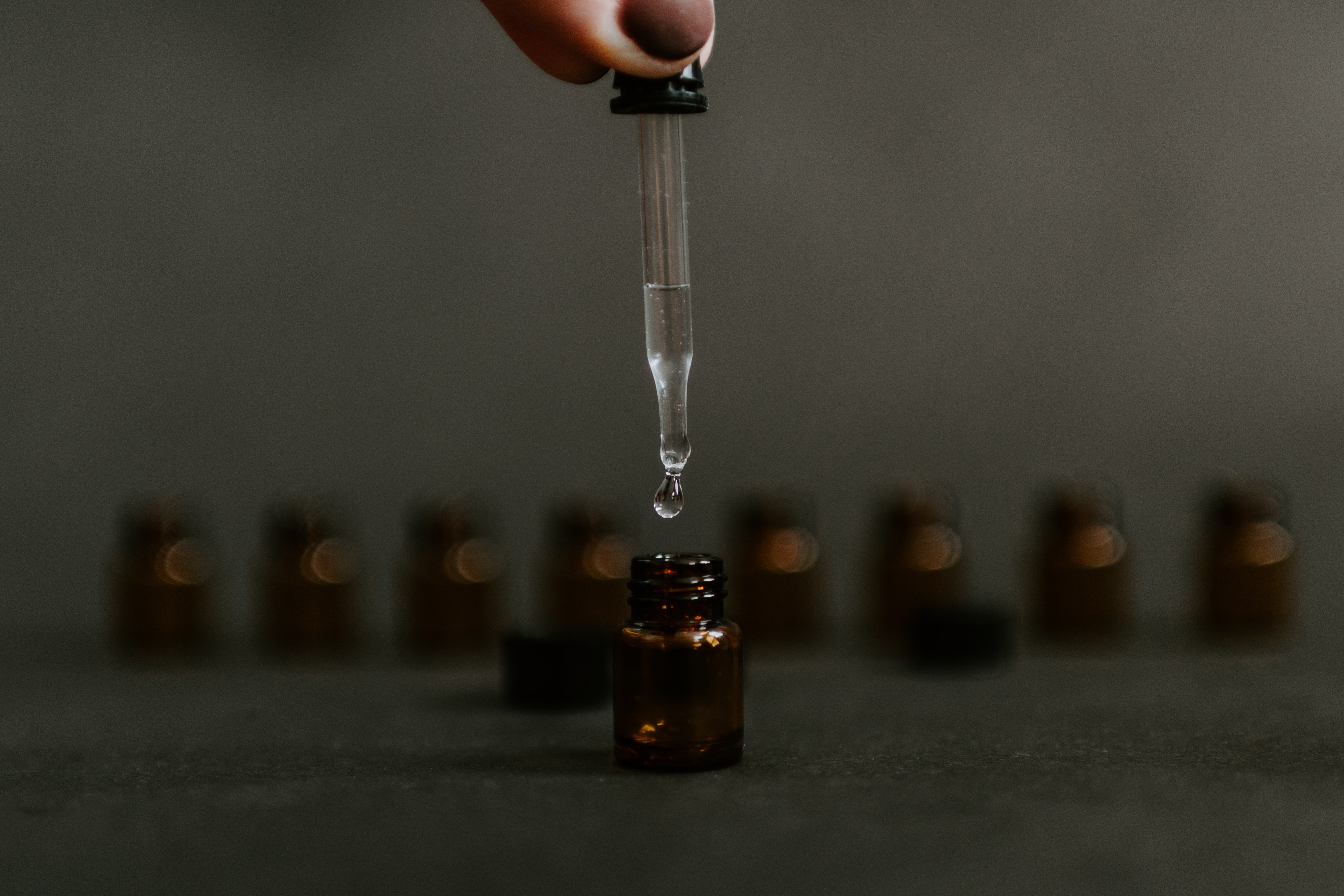The impact of impurities in the Safety Assessment of cosmetic products

As we already know, cosmetic products are strictly regulated and an expert assessment providing evidence of their safety is mandatory by the Regulation (EU) 1223/2009 to ensure the highest level of consumer safety.
As part of this assessment, it is required to evaluate whether the cosmetic product contains substances that have not been intentionally added to the formulation, and which may have an impact on its safety.
Particularly, according to the Commission Implementing Decision of 25 November 2013, the Cosmetic Product Safety Report (CPSR) is to include data on the purity of raw materials and the identification of the toxicologically relevant unintended substances. These unintended substances are known as impurities and should, therefore, be taken into account in the safety assessment of the product, as they can have a major impact on the overall toxicity of any ingredient, raw material or finished product. It is, thus, important to check the impurities profile of a substance to avoid, or at least assess, any additional risk from their presence.
The impurities present in the raw materials are inherent to the manufacturing process and are found in trace concentrations in the finished product, being in accordance with Article 17 of the Regulation. However, it should be demonstrated that these impurities have no significant toxicological relevance in the finished product
A small quantity of an unintended substance in the finished product is known as a trace. Traces are to be evaluated with regard to the safety of the finished product.
For the presence of traces of substances that are not prohibited, and for which there are no regulatory concentration limits, but which could be expected to impact consumer safety, a safety assessment needs to be carried out by the safety assessor.
When traces of prohibited substances are present, evidence of their technical unavoidability has to be provided. Nevertheless, the presence of traces of prohibited substances should be kept as low as is reasonably achievable under good manufacturing practices. In addition, the safety assessor has to decide whether their levels are toxicologically acceptable and whether the product is still safe.
In the absence of safety data from toxicological studies, the Threshold of Toxicological Concern (TTC) might be a useful tool for assessing the safety of certain impurities, namely the genotoxic and carcinogenic ones. From it and takin into account the Systemic Exposure Dose (SED), a Margin of Exposure (MoE) can then be estimated in order to evaluate the possible impact of those impurities on human health.
How we help
At Cosmedesk, being part of our mission to be continuously improving, responding to the industry demands and always focusing on making the safety assessment of cosmetic products a faster and easier job, we have developed and included a whole new impurities section, to be possible to evaluate the safety profile of the relevant impurities, based on the TTC approach.
Join Cosmedesk and benefit from this new feature!
![[Logo Cosmedesk]](/media/ljbbhnk4/logo-cosmedesk.svg)